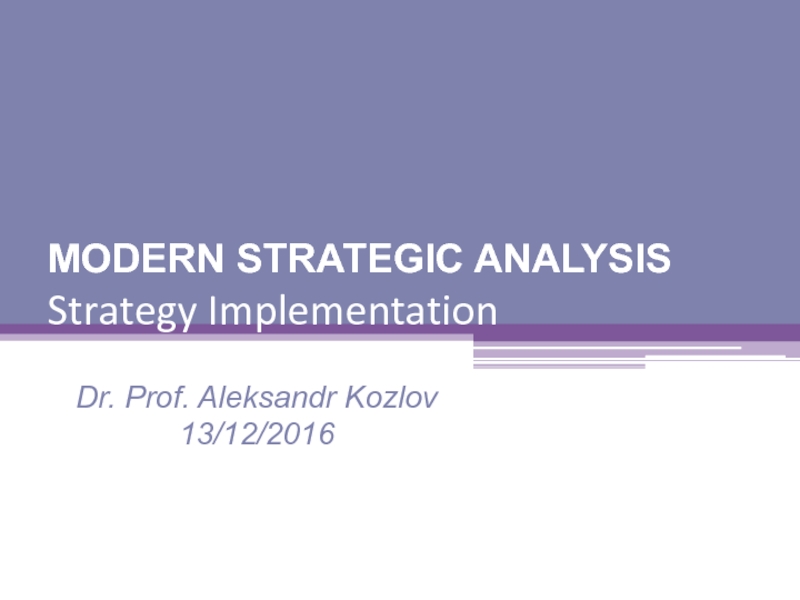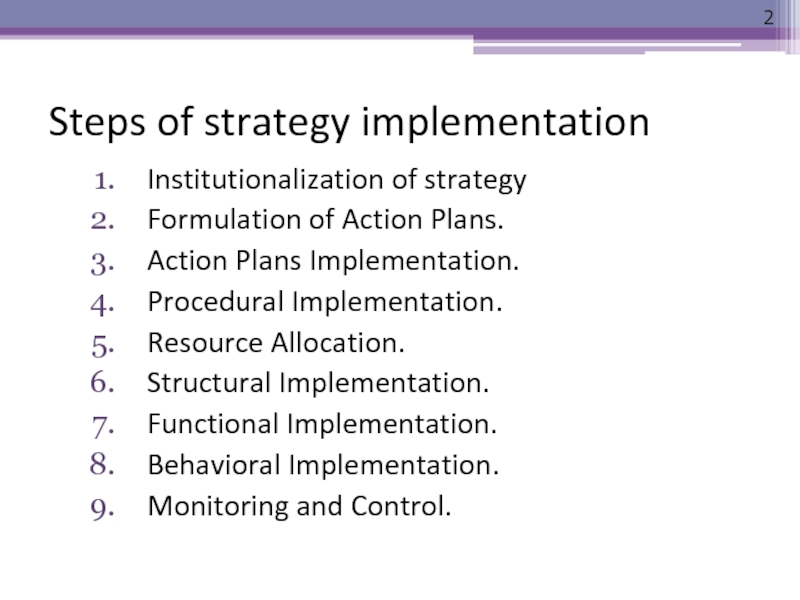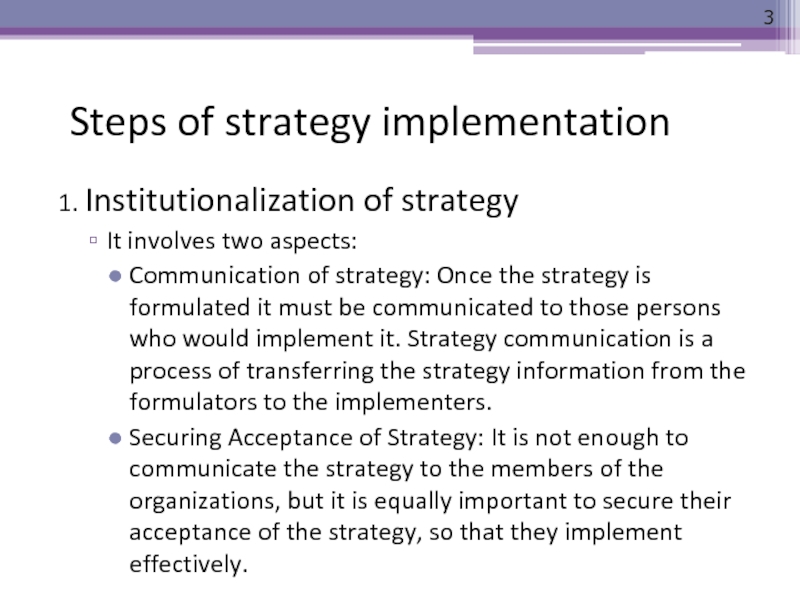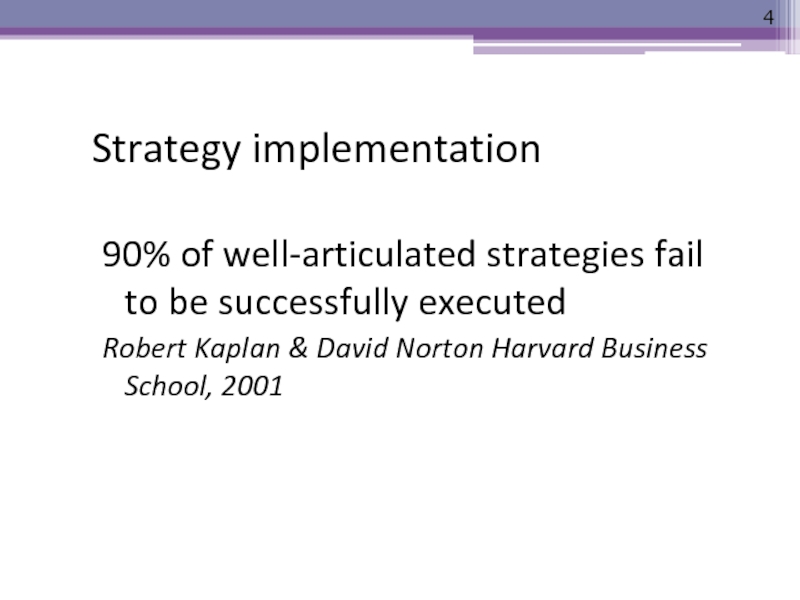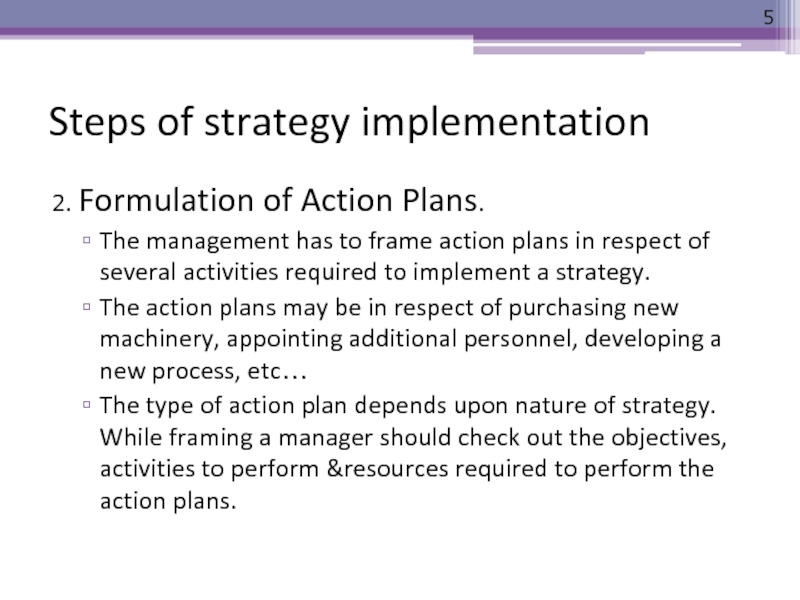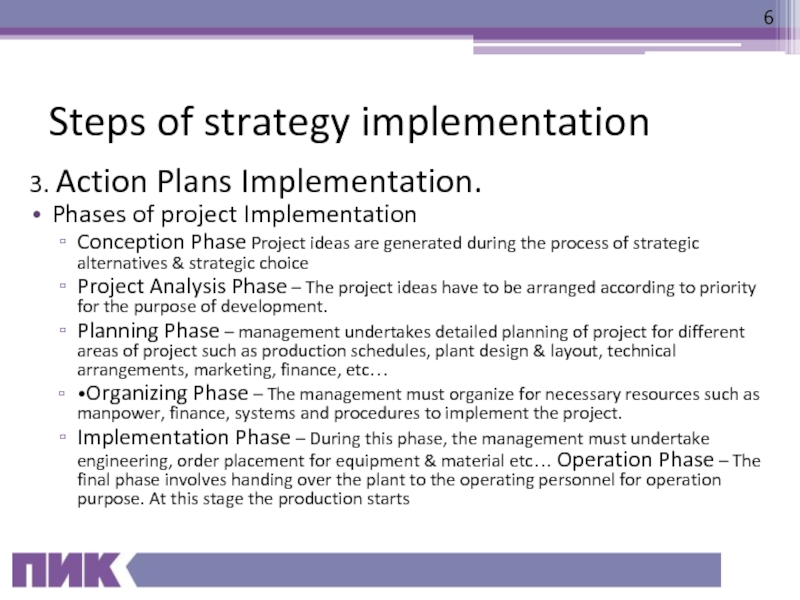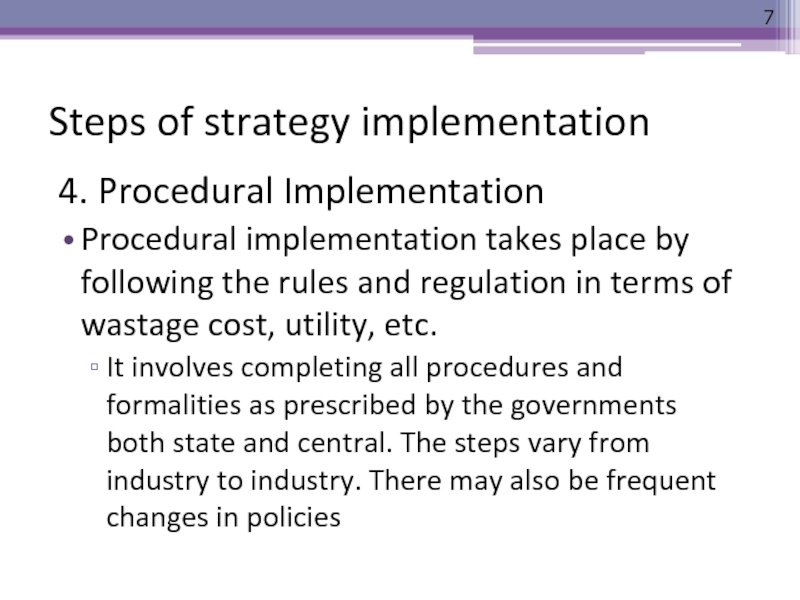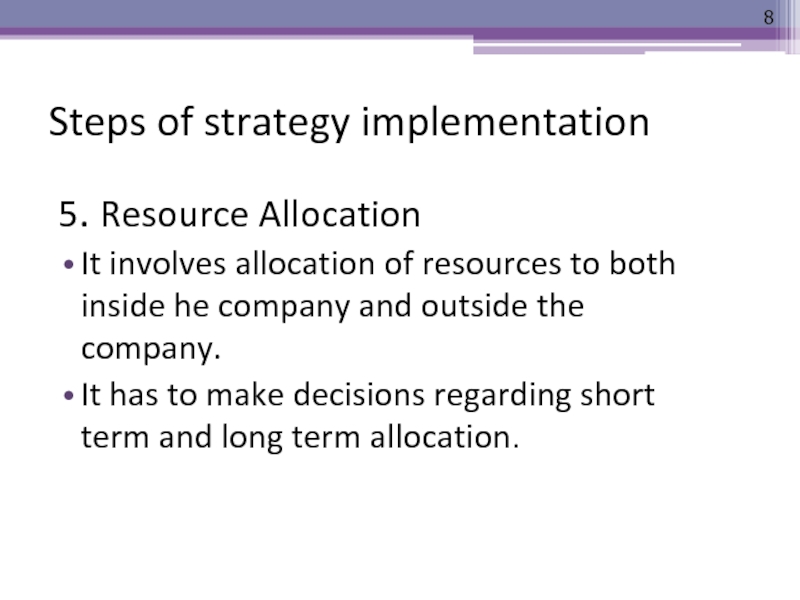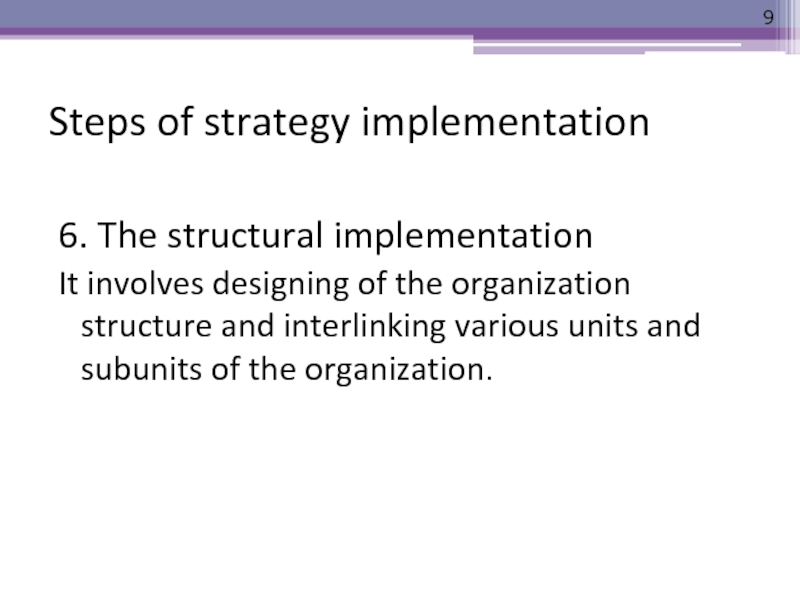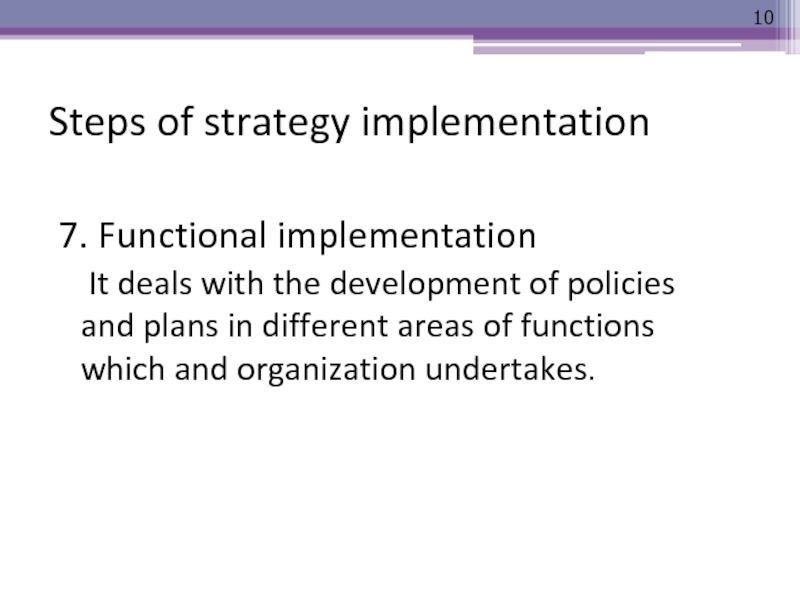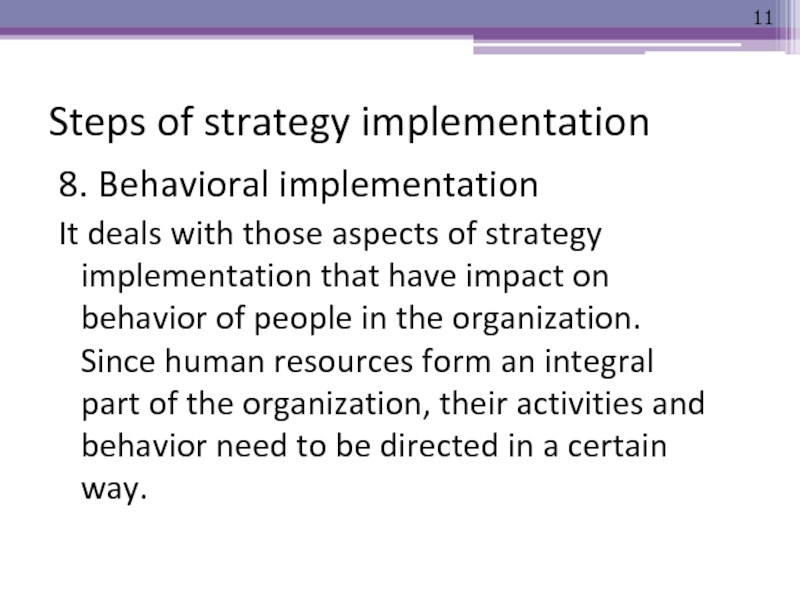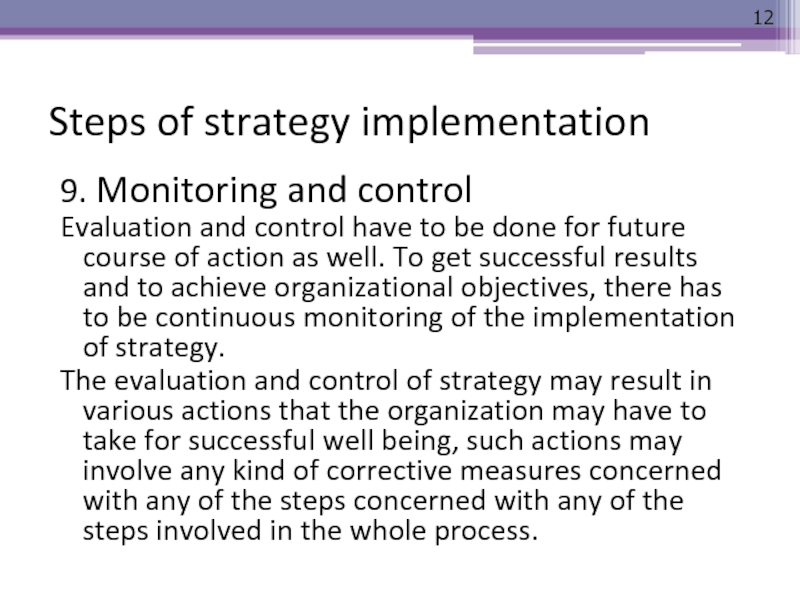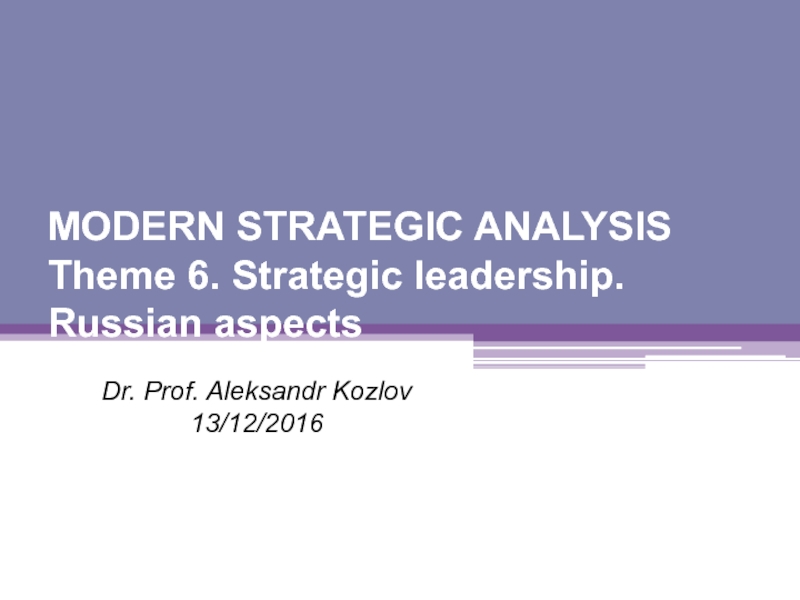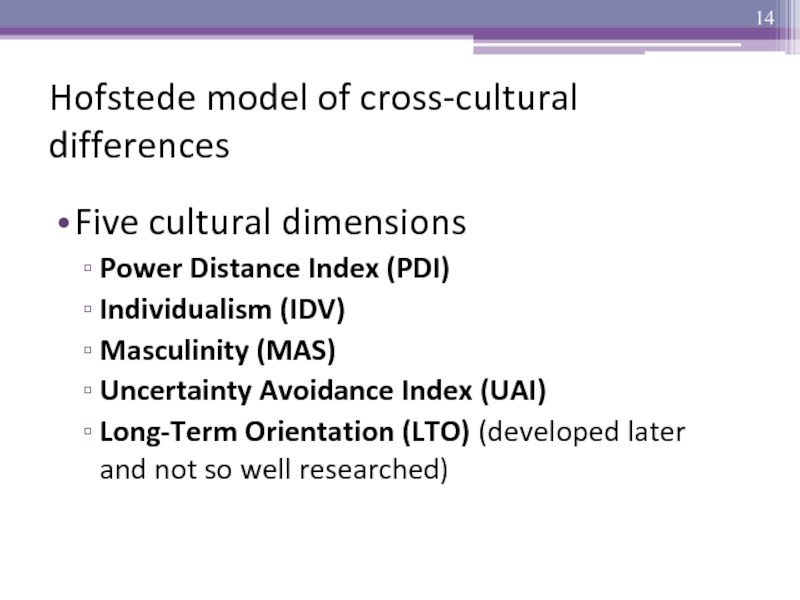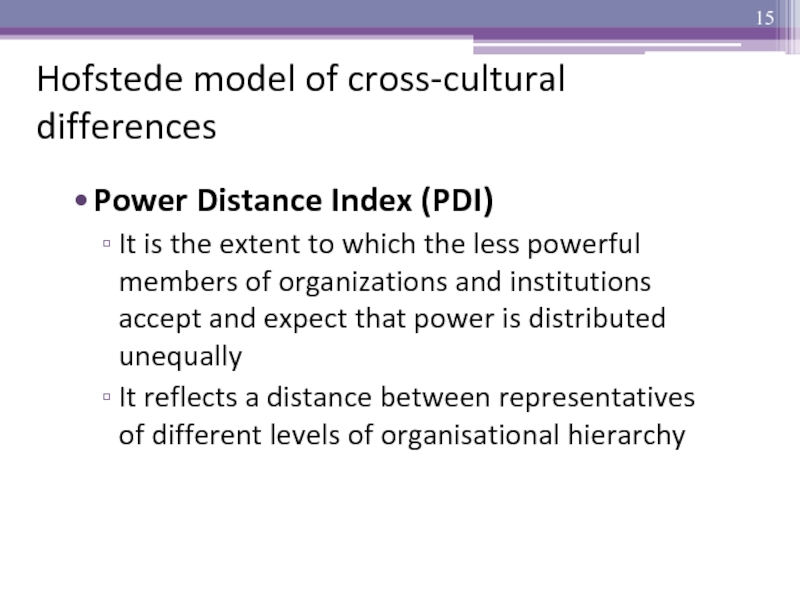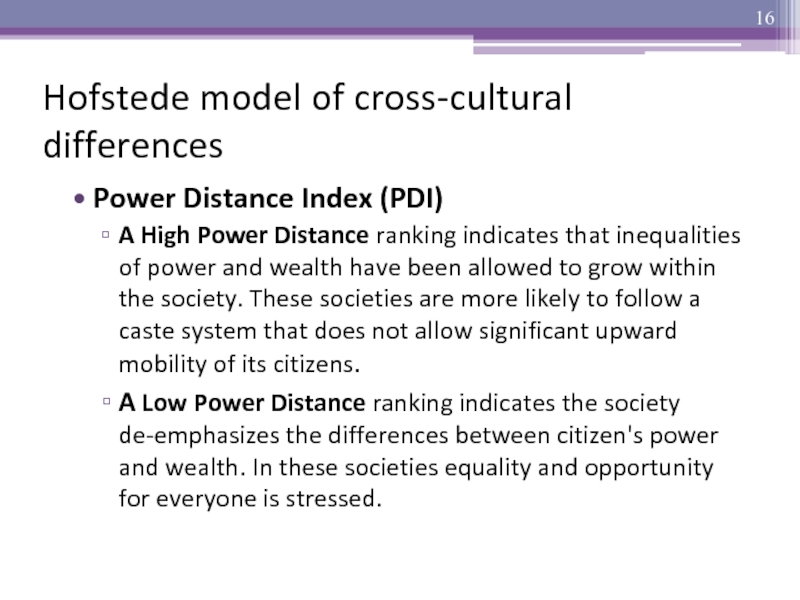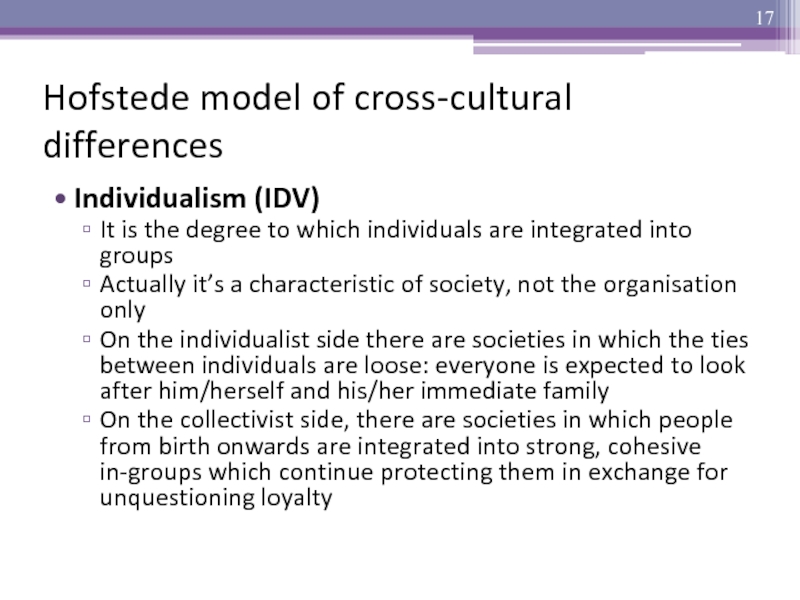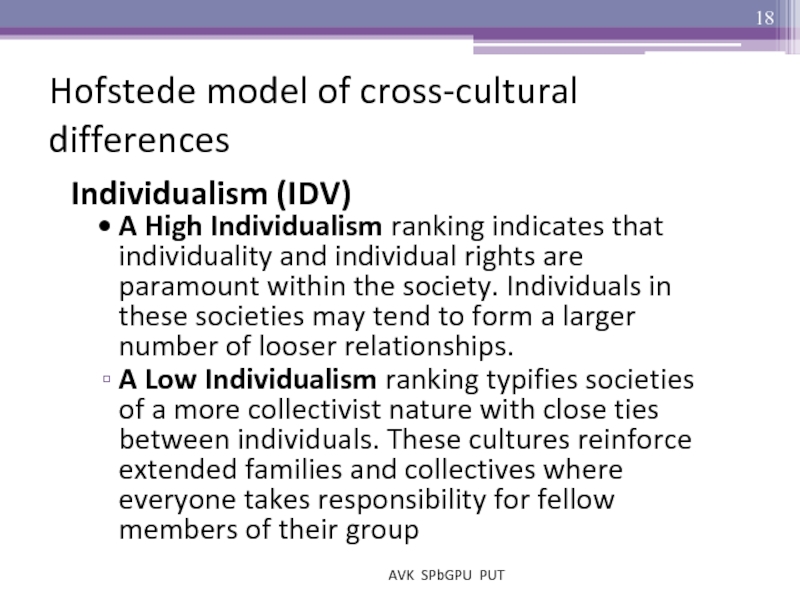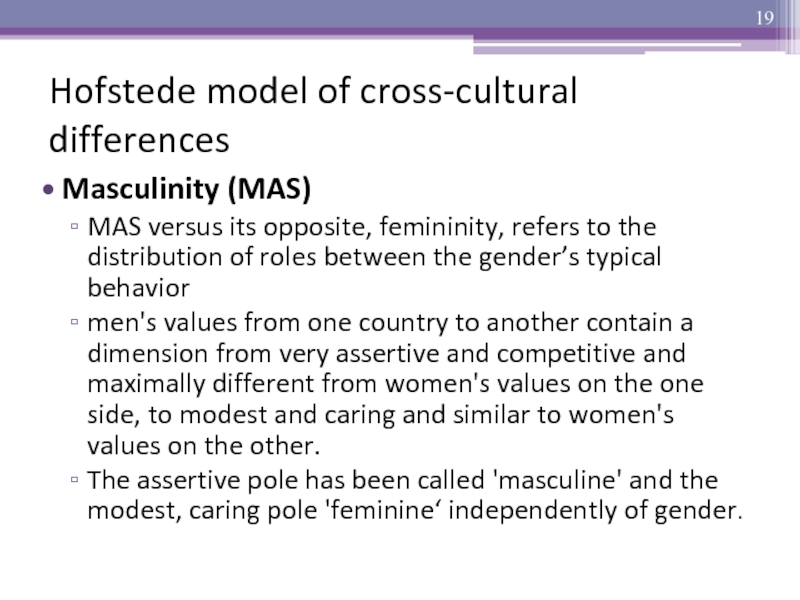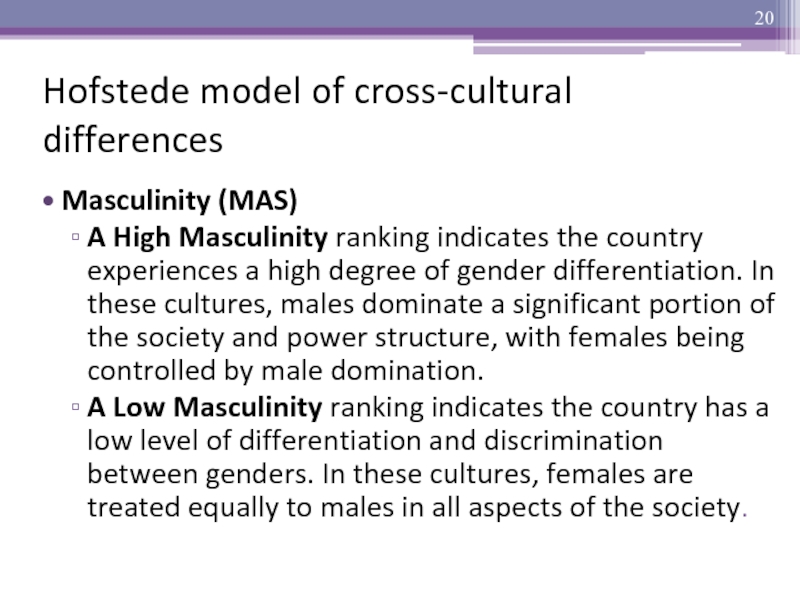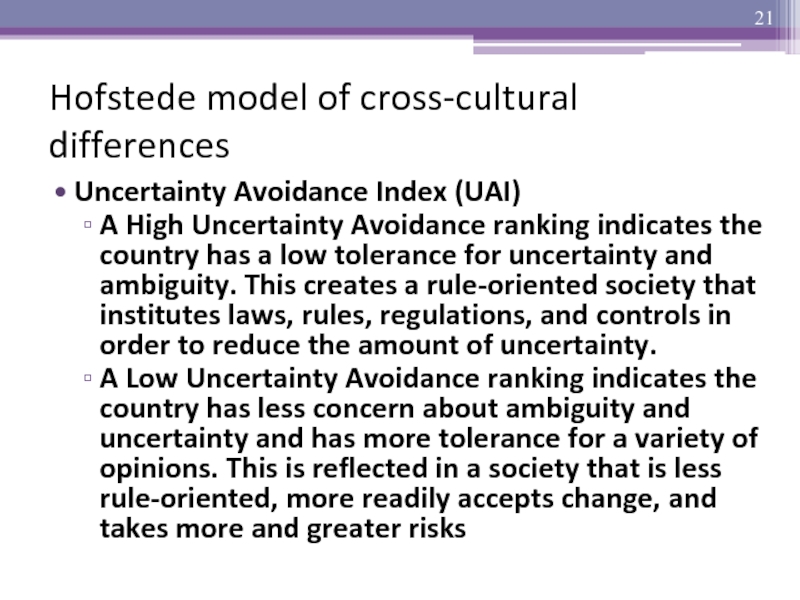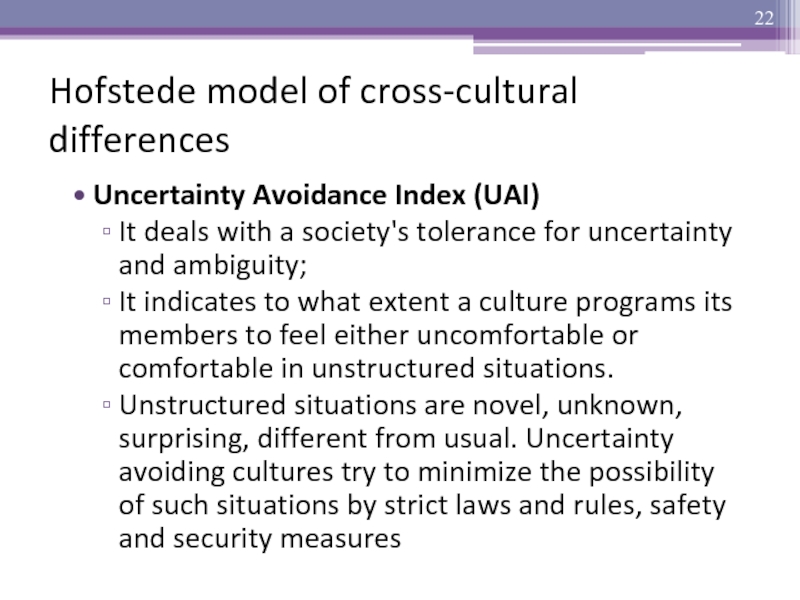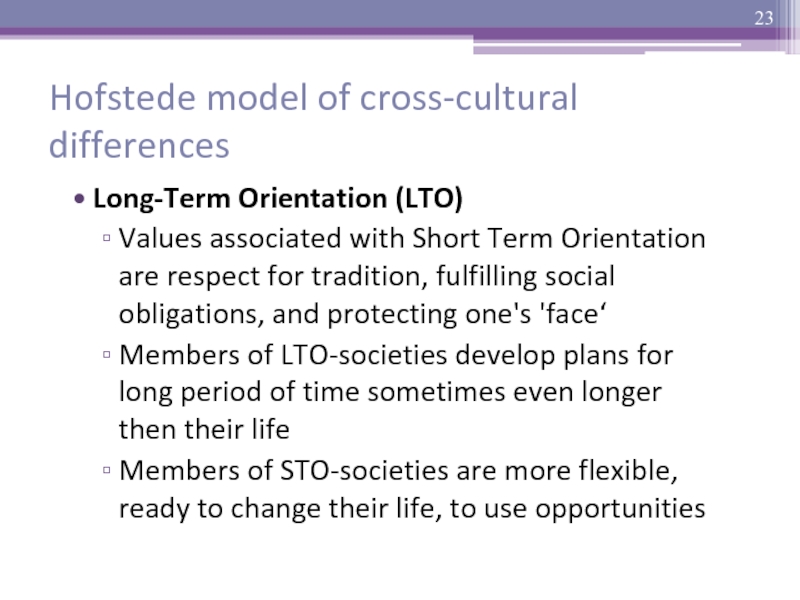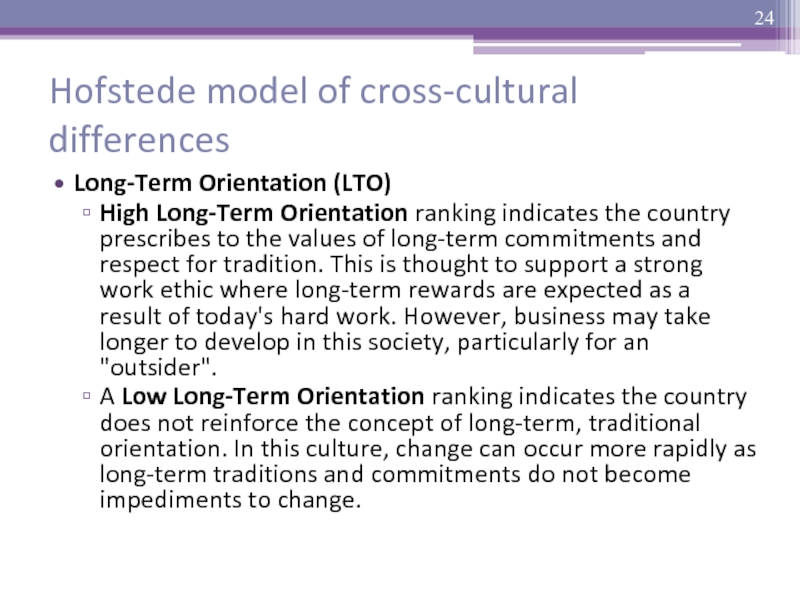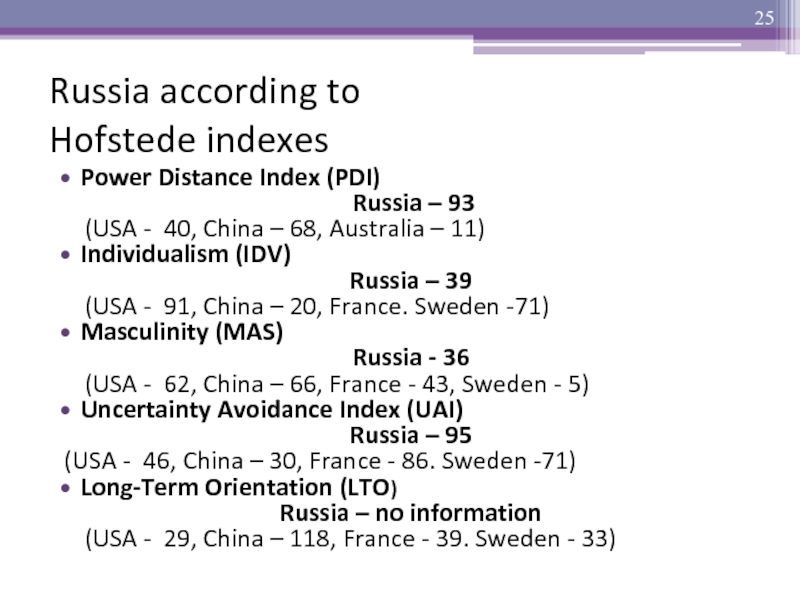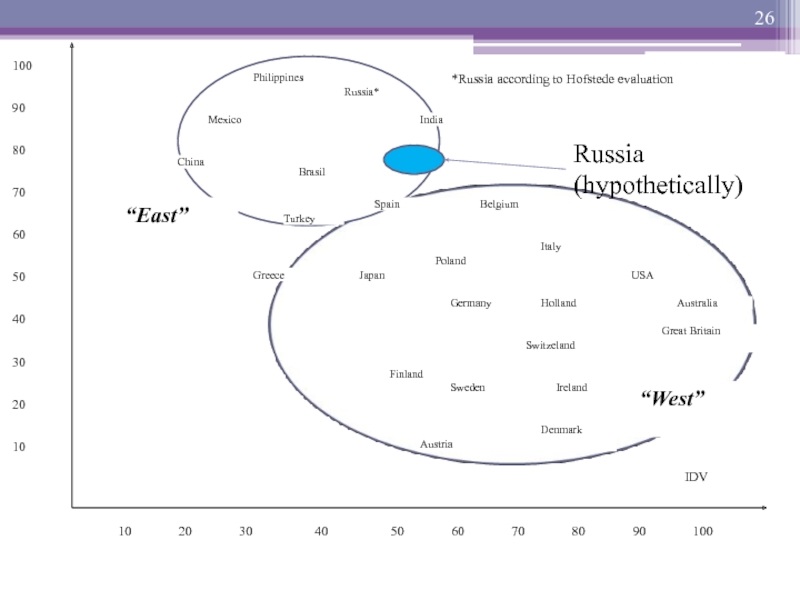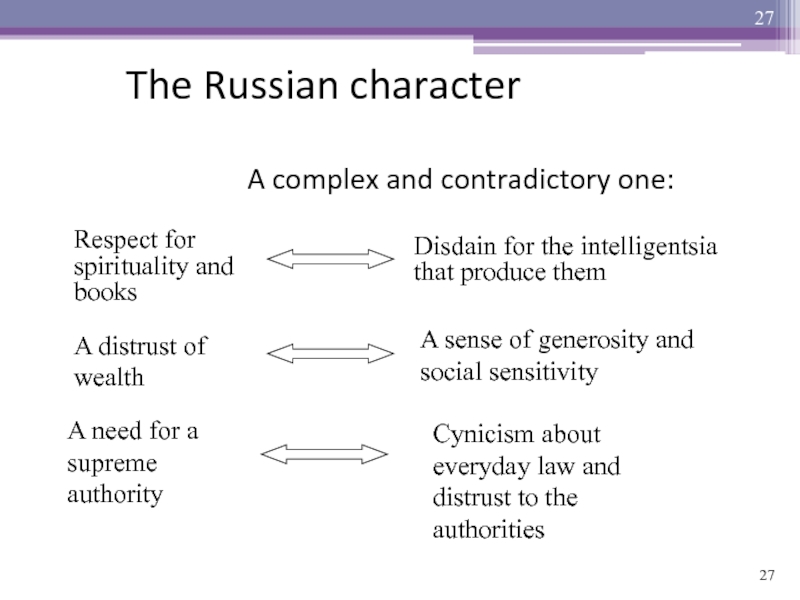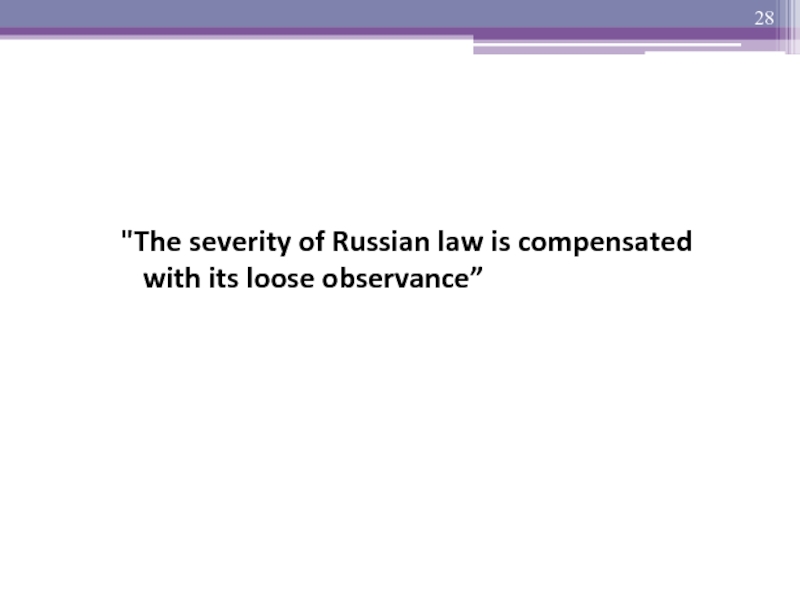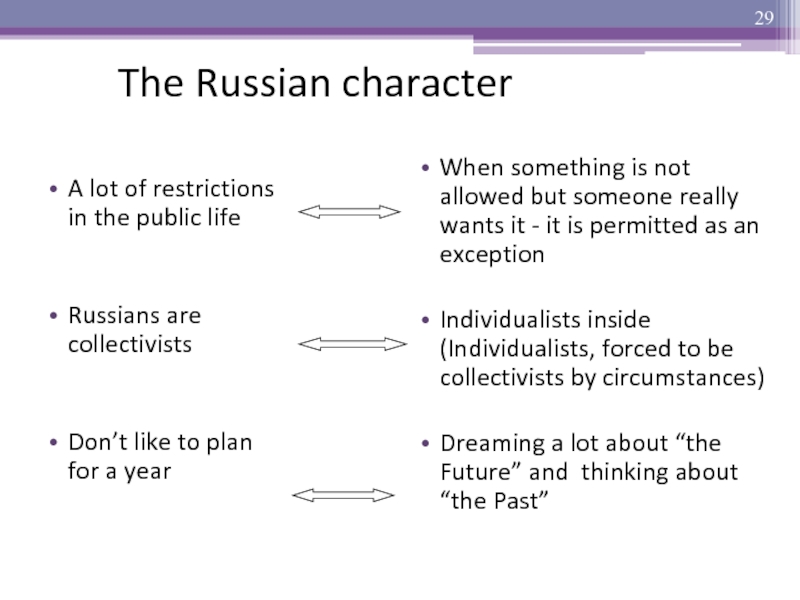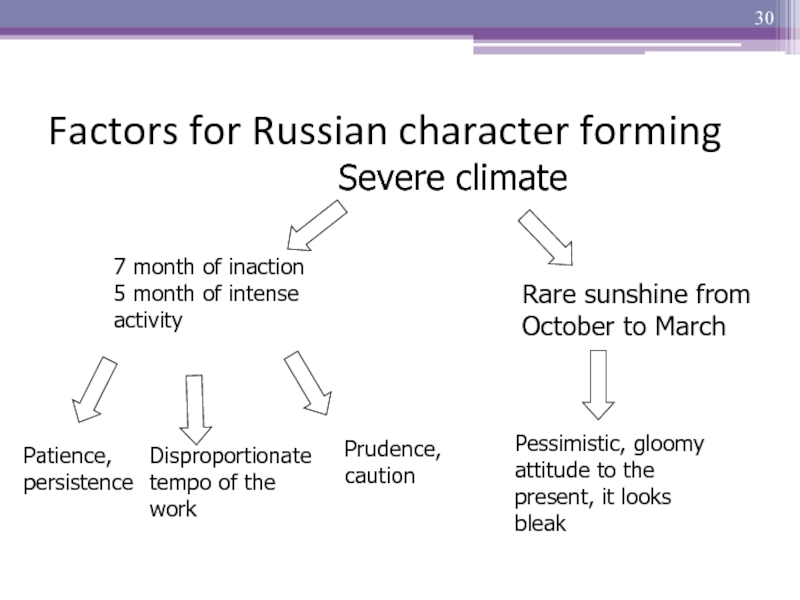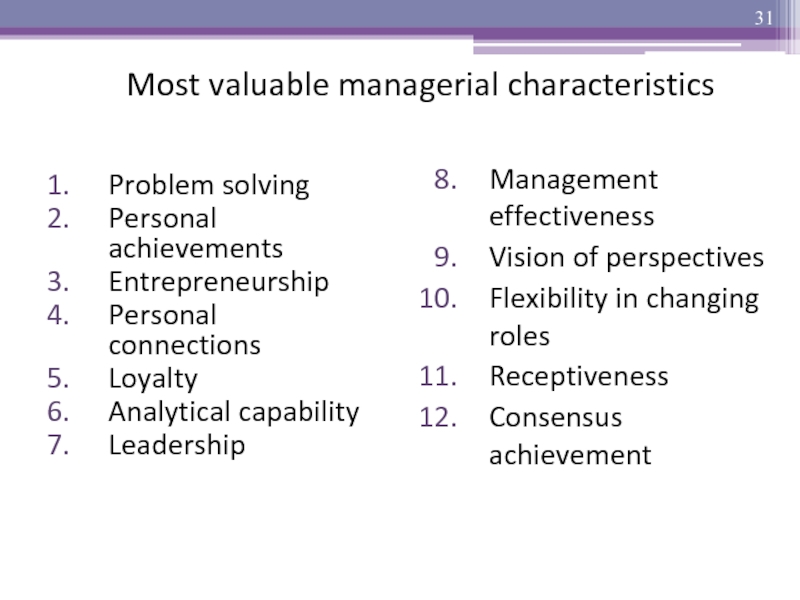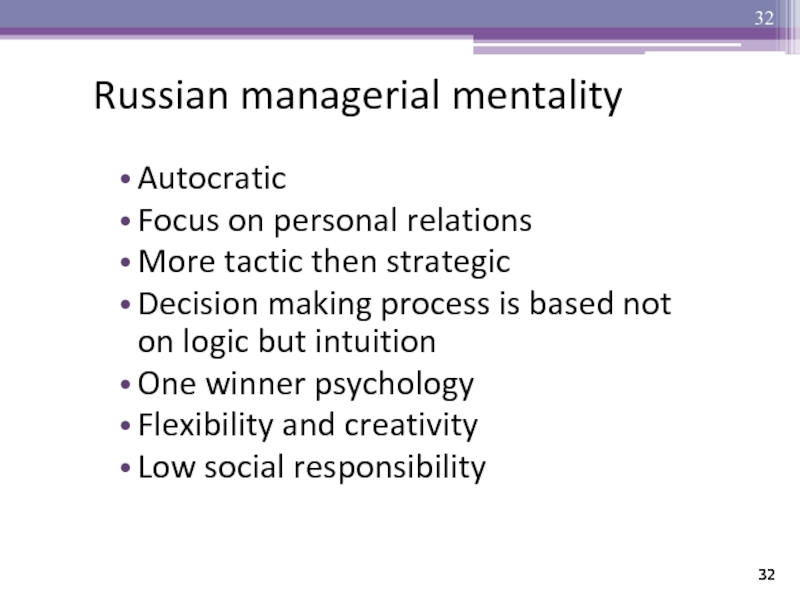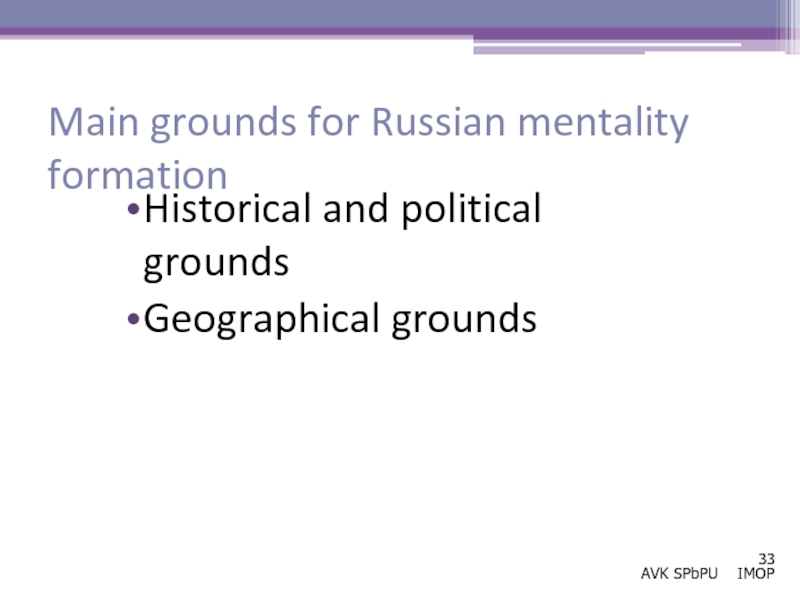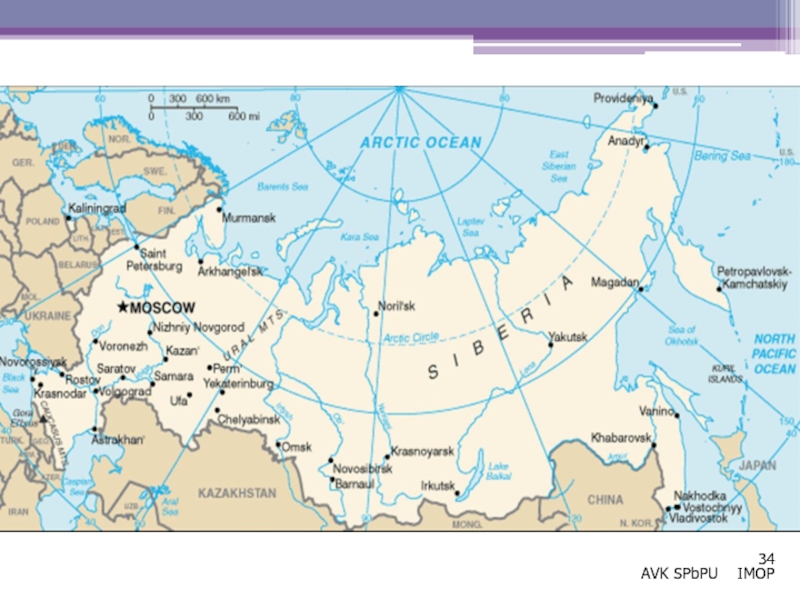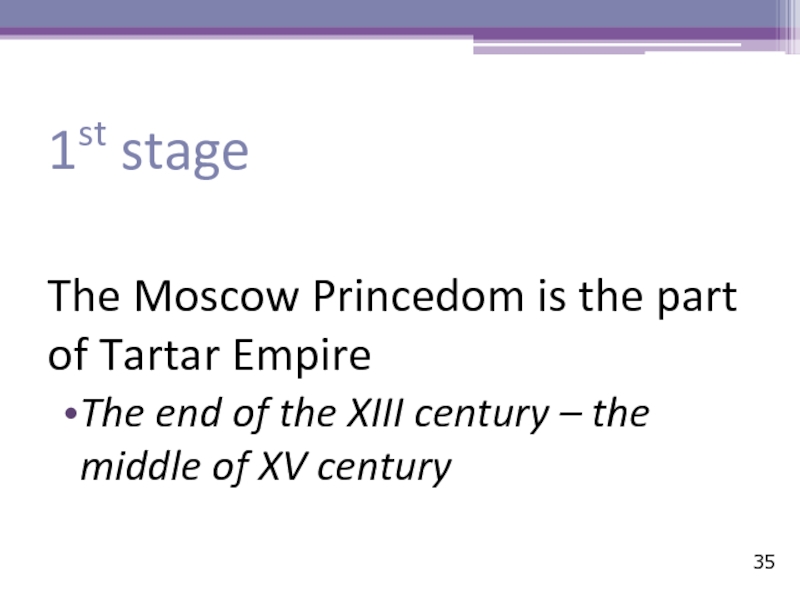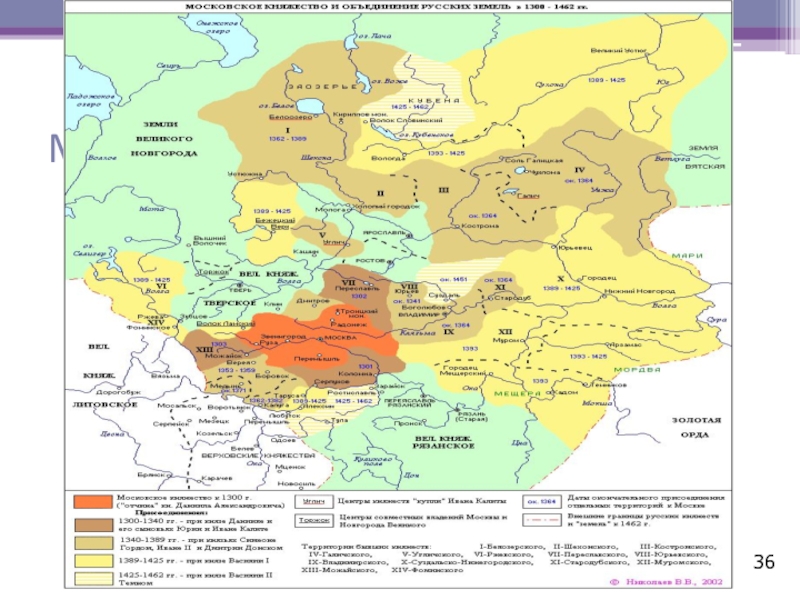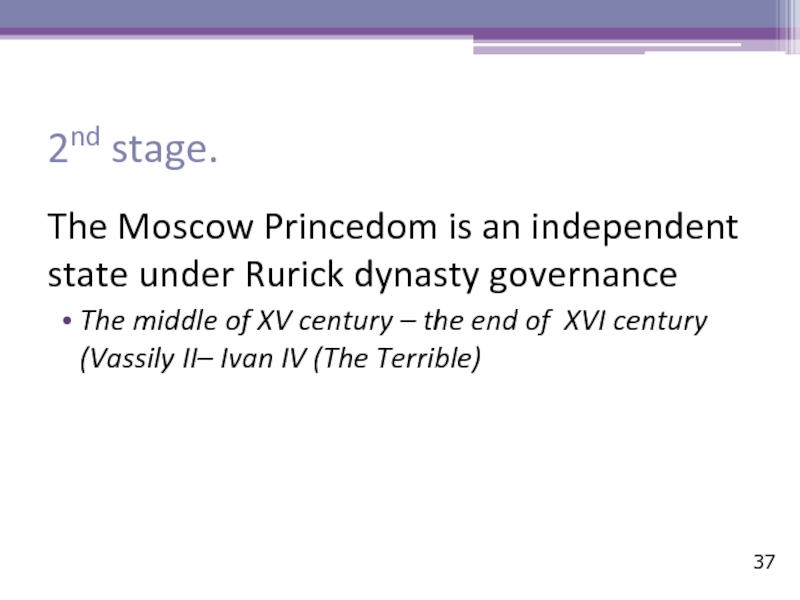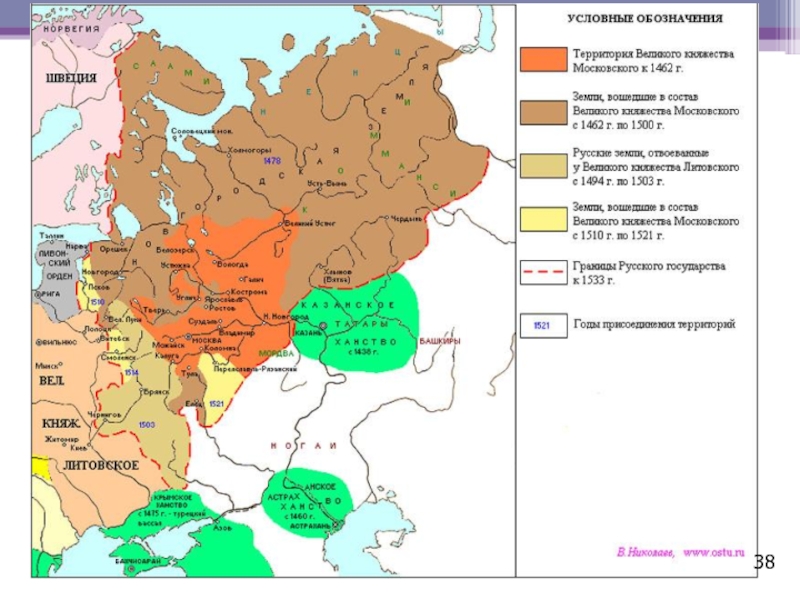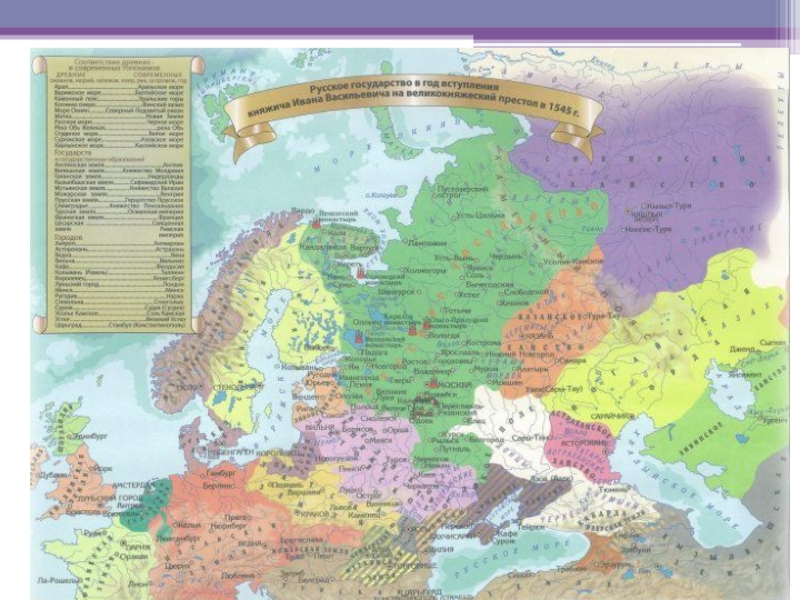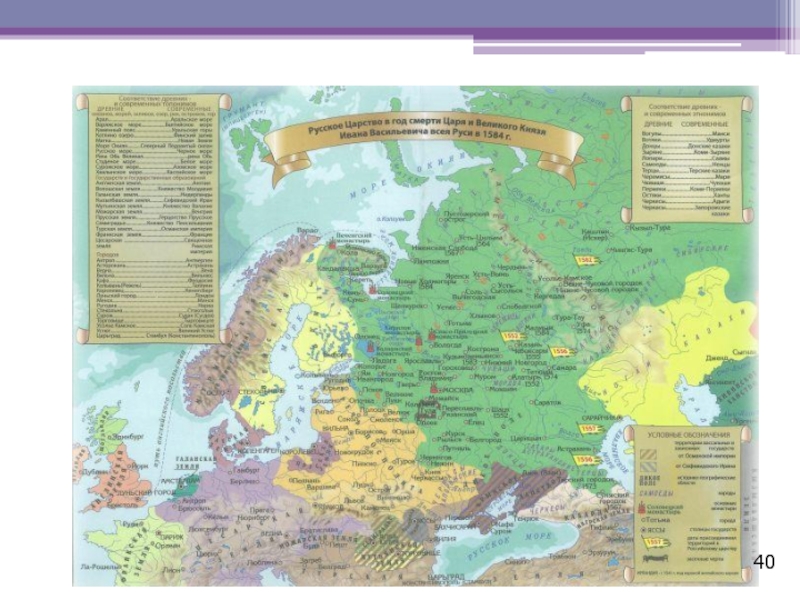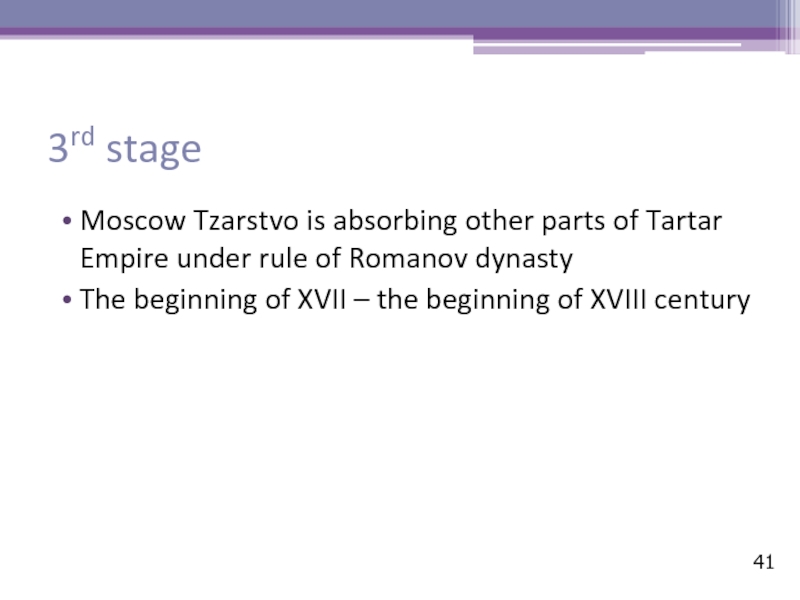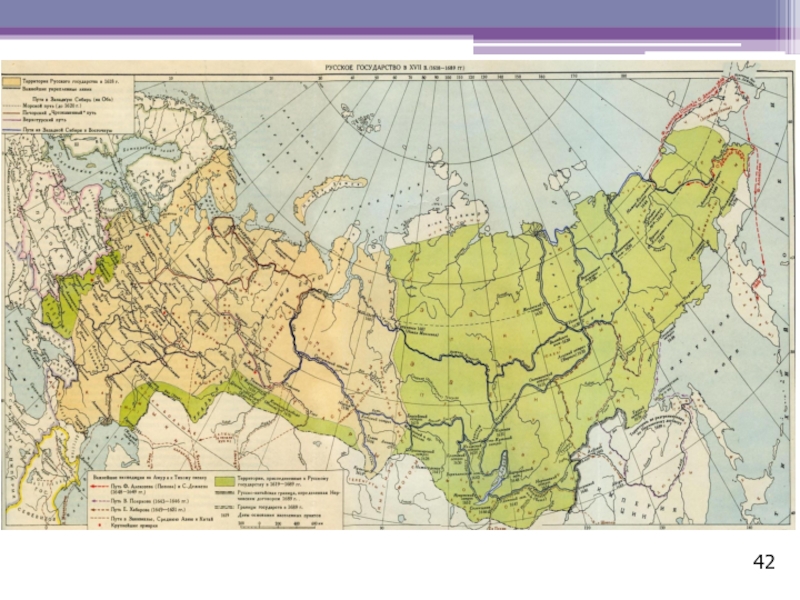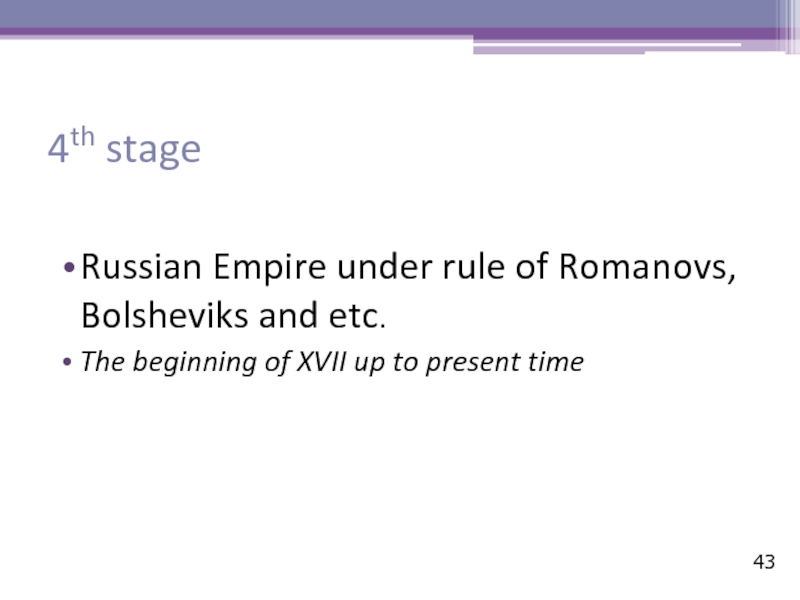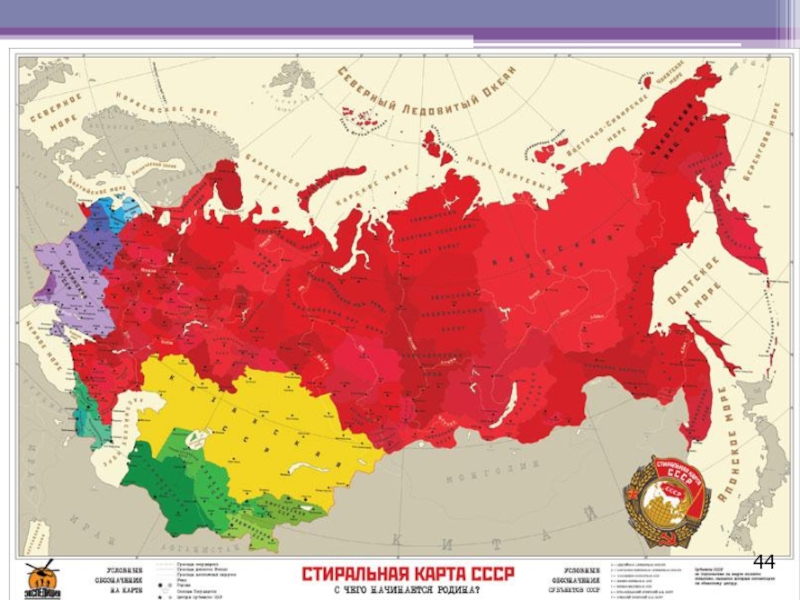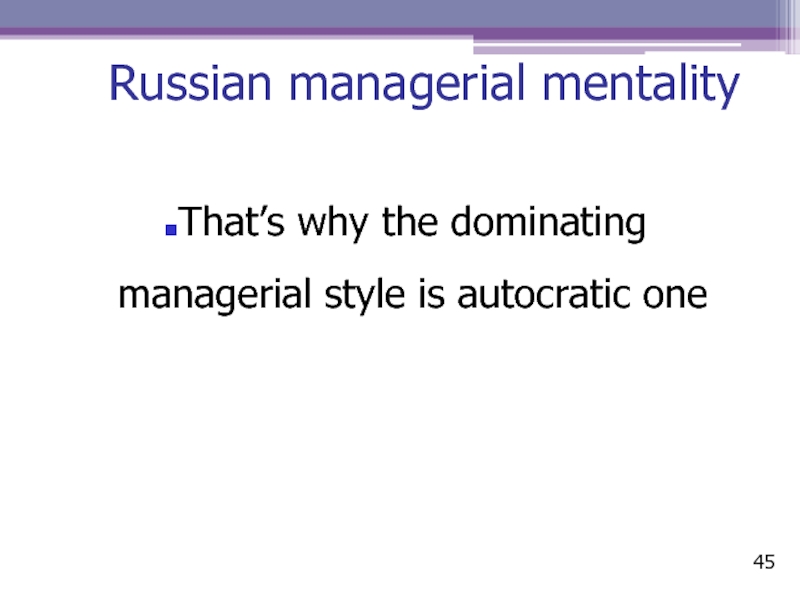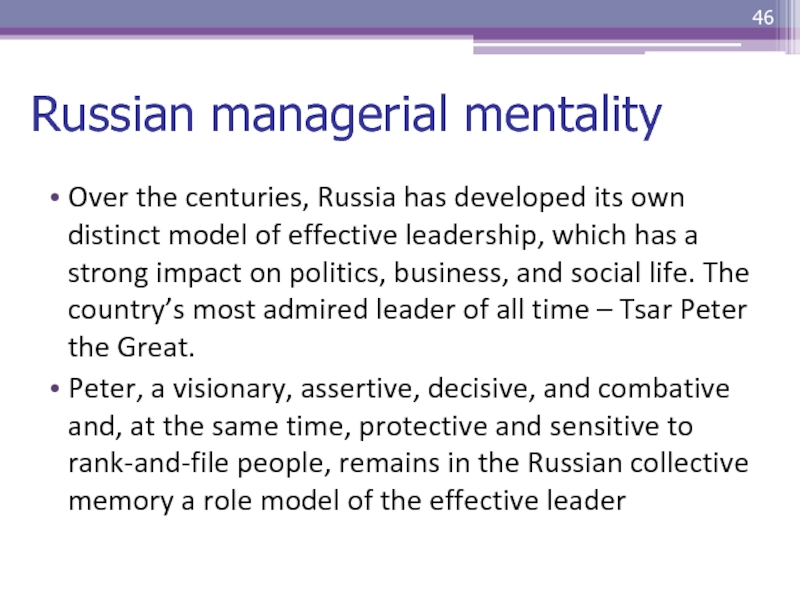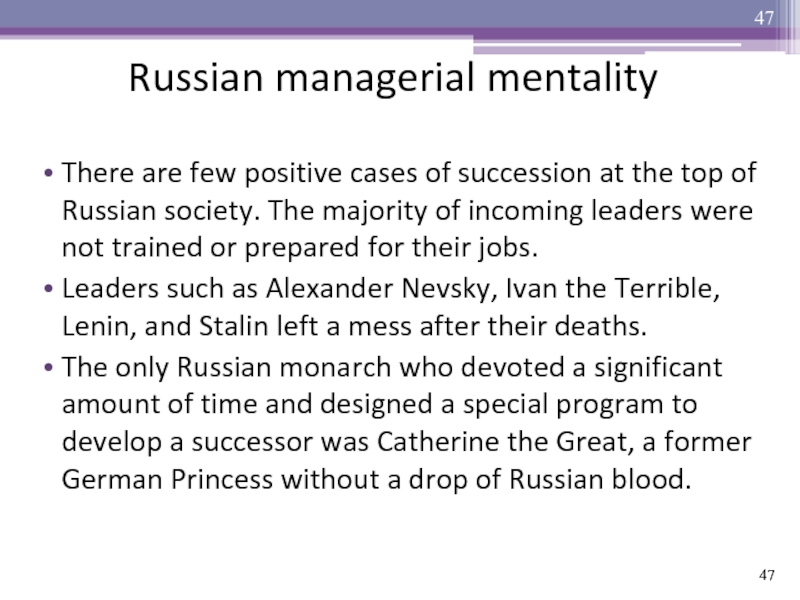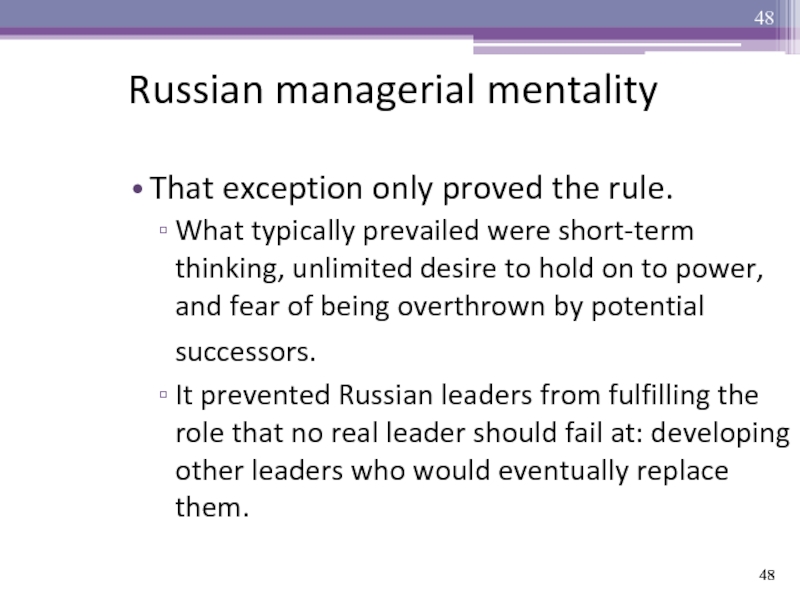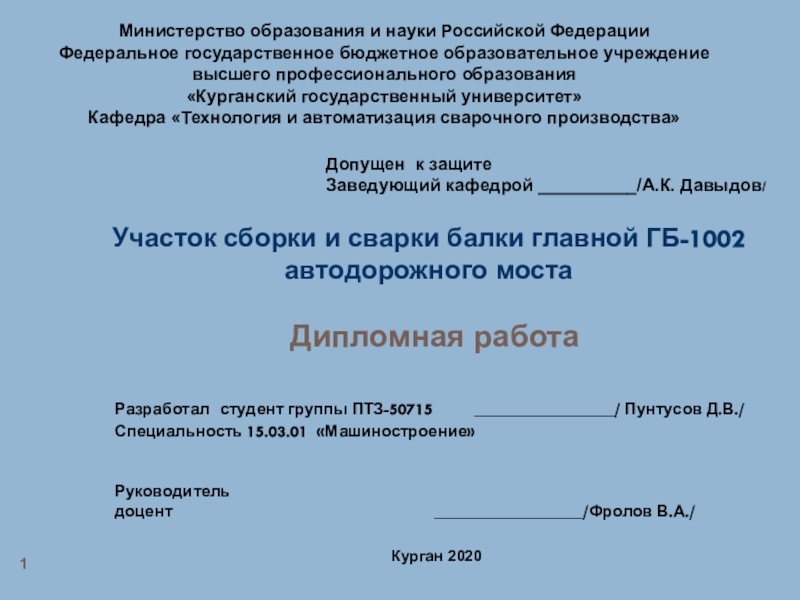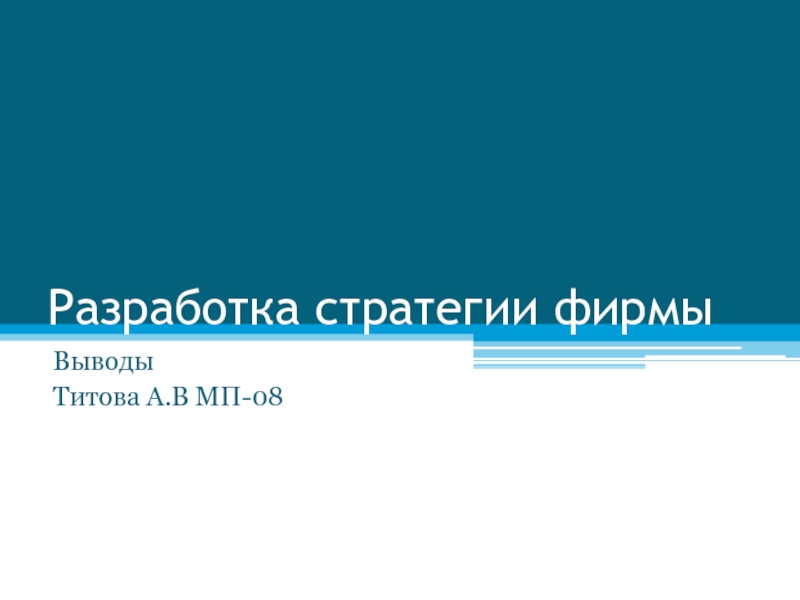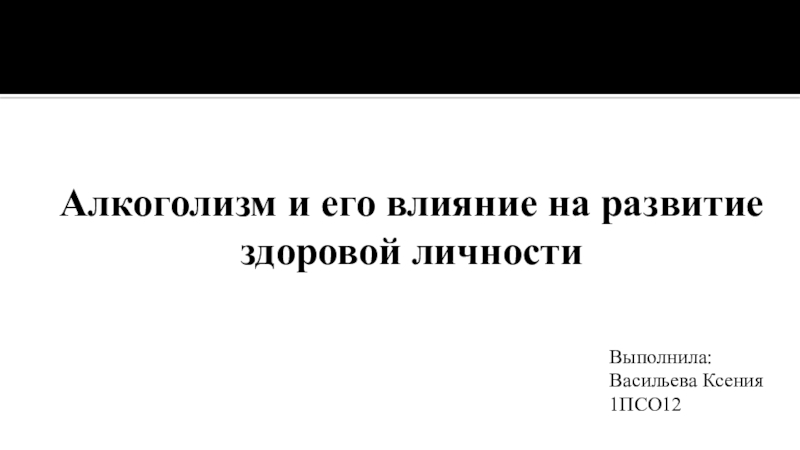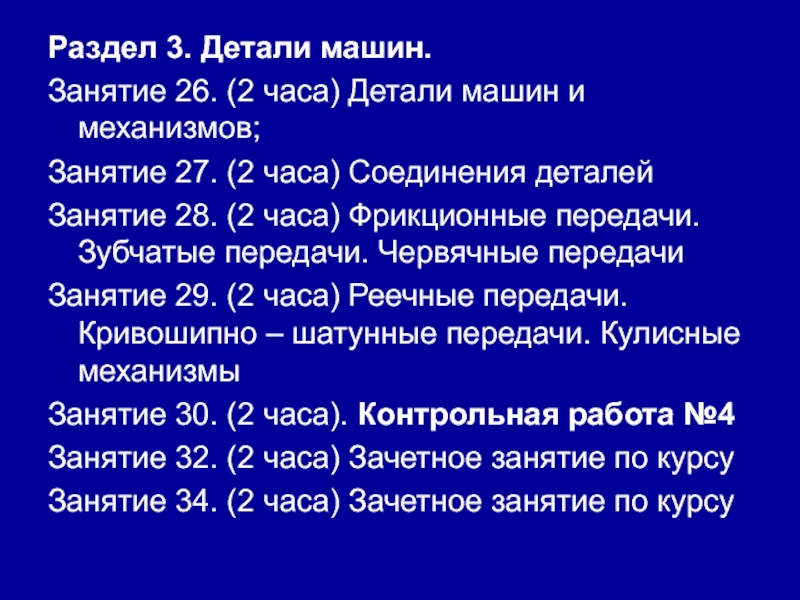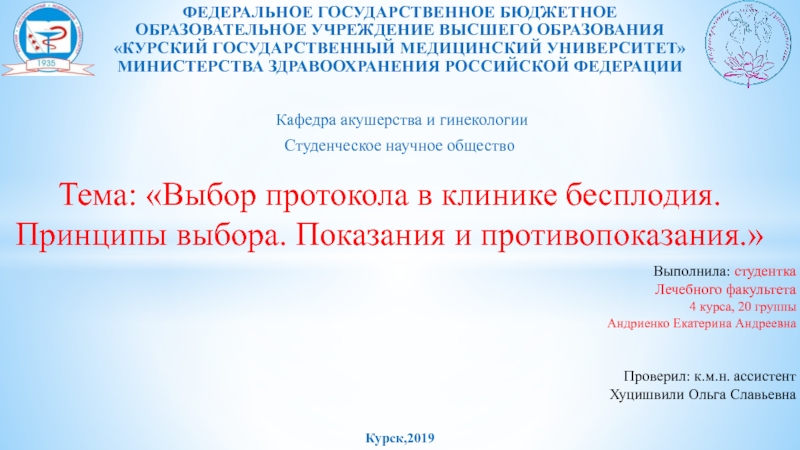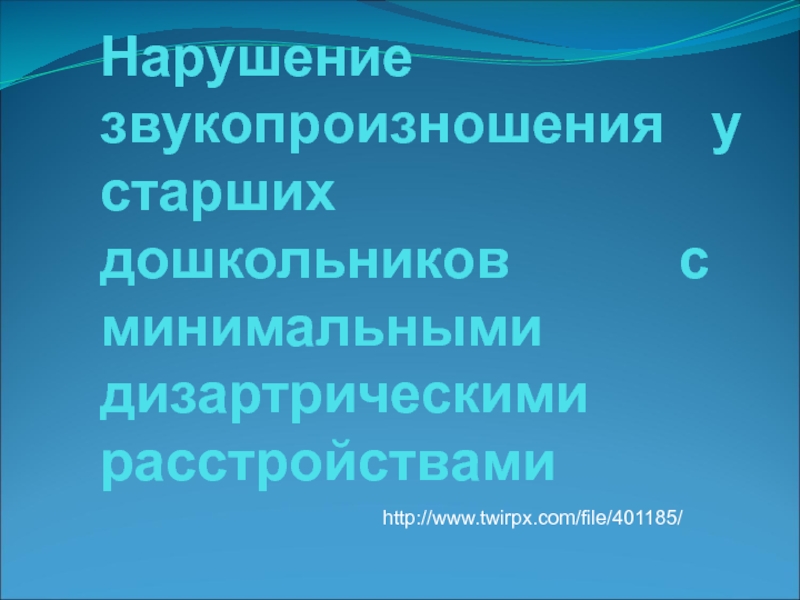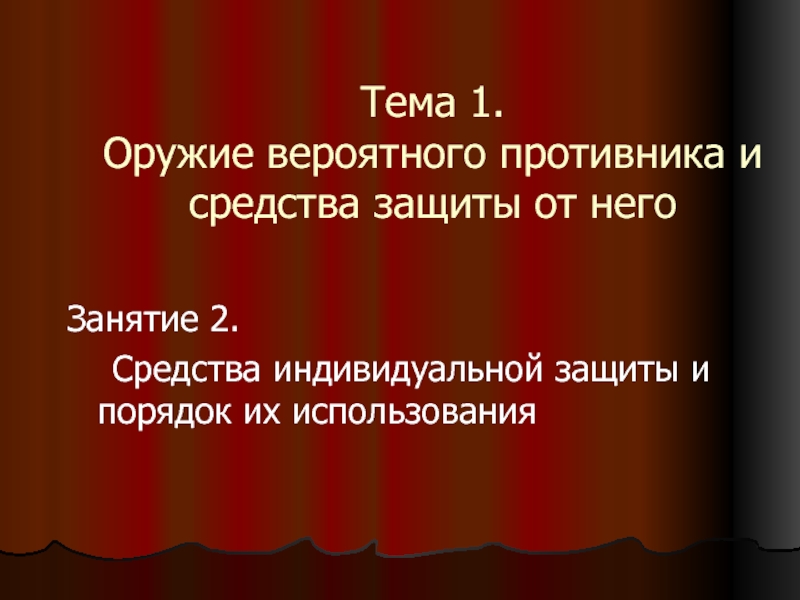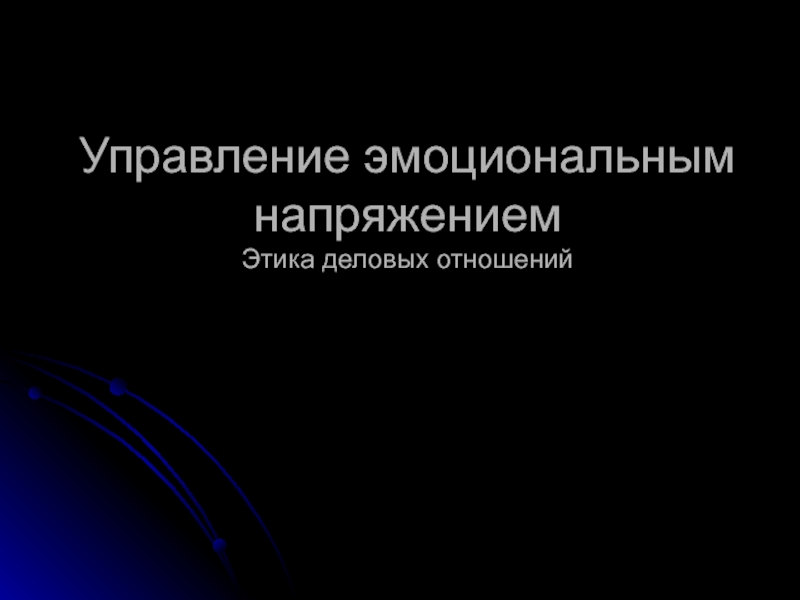Разделы презентаций
- Разное
- Английский язык
- Астрономия
- Алгебра
- Биология
- География
- Геометрия
- Детские презентации
- Информатика
- История
- Литература
- Математика
- Медицина
- Менеджмент
- Музыка
- МХК
- Немецкий язык
- ОБЖ
- Обществознание
- Окружающий мир
- Педагогика
- Русский язык
- Технология
- Физика
- Философия
- Химия
- Шаблоны, картинки для презентаций
- Экология
- Экономика
- Юриспруденция
MODERN STRATEGIC ANALYSIS Strategy Implementation
Содержание
- 1. MODERN STRATEGIC ANALYSIS Strategy Implementation
- 2. Steps of strategy implementationInstitutionalization of strategyFormulation of
- 3. Steps of strategy implementation1. Institutionalization of strategyIt
- 4. Strategy implementation90% of well-articulated strategies fail to
- 5. Steps of strategy implementation2. Formulation of Action
- 6. Steps of strategy implementation3. Action Plans Implementation.Phases
- 7. Steps of strategy implementation4. Procedural ImplementationProcedural implementation
- 8. Steps of strategy implementation5. Resource AllocationIt involves
- 9. Steps of strategy implementation6. The structural implementation
- 10. Steps of strategy implementation7. Functional implementation It deals
- 11. Steps of strategy implementation8. Behavioral implementation It
- 12. Steps of strategy implementation9. Monitoring and control
- 13. MODERN STRATEGIC ANALYSIS Theme 6. Strategic leadership. Russian aspectsDr. Prof. Aleksandr Kozlov13/12/2016
- 14. Hofstede model of cross-cultural differencesFive cultural dimensionsPower
- 15. Hofstede model of cross-cultural differencesPower Distance Index
- 16. Hofstede model of cross-cultural differencesPower Distance Index
- 17. Hofstede model of cross-cultural differencesIndividualism (IDV) It
- 18. Hofstede model of cross-cultural differencesIndividualism (IDV) A
- 19. Hofstede model of cross-cultural differencesMasculinity (MAS) MAS
- 20. Hofstede model of cross-cultural differencesMasculinity (MAS) A
- 21. Hofstede model of cross-cultural differencesUncertainty Avoidance Index
- 22. Hofstede model of cross-cultural differencesUncertainty Avoidance Index
- 23. Hofstede model of cross-cultural differencesLong-Term Orientation (LTO)
- 24. Hofstede model of cross-cultural differencesLong-Term Orientation (LTO)
- 25. Russia according to Hofstede indexes Power
- 26. Russia(hypothetically)
- 27. The Russian character A complex and contradictory
- 28. "The severity of Russian law is compensated with its loose observance”
- 29. The Russian characterA lot of restrictions in
- 30. Factors for Russian character formingRare sunshine from
- 31. Most valuable managerial characteristicsProblem solving Personal achievementsEntrepreneurship
- 32. Russian managerial mentalityAutocraticFocus on personal relationsMore tactic
- 33. Main grounds for Russian mentality formationHistorical and political grounds Geographical groundsAVK SPbPU IMOP
- 34. AVK SPbPU IMOP
- 35. 1st stage The Moscow Princedom is
- 36. Moscow Rus’
- 37. 2nd stage.The Moscow Princedom is an independent
- 38. Слайд 38
- 39. Слайд 39
- 40. Слайд 40
- 41. 3rd stageMoscow Tzarstvo is absorbing other parts
- 42. Слайд 42
- 43. 4th stageRussian Empire under rule of Romanovs,
- 44. Слайд 44
- 45. Russian managerial mentalityThat’s why the dominating managerial style is autocratic one
- 46. Russian managerial mentalityOver the centuries, Russia has
- 47. Russian managerial mentalityThere are few positive cases
- 48. Russian managerial mentalityThat exception only proved the
- 49. Скачать презентанцию
Steps of strategy implementationInstitutionalization of strategyFormulation of Action Plans. Action Plans Implementation.Procedural Implementation.Resource Allocation.Structural Implementation.Functional Implementation.Behavioral Implementation.Monitoring and Control.
Слайды и текст этой презентации
Слайд 2Steps of strategy implementation
Institutionalization of strategy
Formulation of Action Plans.
Action
Plans Implementation.
Слайд 3Steps of strategy implementation
1. Institutionalization of strategy
It involves two aspects:
Communication of strategy: Once the strategy is formulated it must
be communicated to those persons who would implement it. Strategy communication is a process of transferring the strategy information from the formulators to the implementers.Securing Acceptance of Strategy: It is not enough to communicate the strategy to the members of the organizations, but it is equally important to secure their acceptance of the strategy, so that they implement effectively.
Слайд 4Strategy implementation
90% of well-articulated strategies fail to be successfully executed
Robert
Kaplan & David Norton Harvard Business School, 2001
Слайд 5Steps of strategy implementation
2. Formulation of Action Plans.
The management
has to frame action plans in respect of several activities
required to implement a strategy.The action plans may be in respect of purchasing new machinery, appointing additional personnel, developing a new process, etc…
The type of action plan depends upon nature of strategy. While framing a manager should check out the objectives, activities to perform &resources required to perform the action plans.
Слайд 6Steps of strategy implementation
3. Action Plans Implementation.
Phases of project Implementation
Conception
Phase Project ideas are generated during the process of strategic alternatives
& strategic choiceProject Analysis Phase – The project ideas have to be arranged according to priority for the purpose of development.
Planning Phase – management undertakes detailed planning of project for different areas of project such as production schedules, plant design & layout, technical arrangements, marketing, finance, etc…
•Organizing Phase – The management must organize for necessary resources such as manpower, finance, systems and procedures to implement the project.
Implementation Phase – During this phase, the management must undertake engineering, order placement for equipment & material etc… Operation Phase – The final phase involves handing over the plant to the operating personnel for operation purpose. At this stage the production starts
Слайд 7Steps of strategy implementation
4. Procedural Implementation
Procedural implementation takes place by
following the rules and regulation in terms of wastage cost,
utility, etc.It involves completing all procedures and formalities as prescribed by the governments both state and central. The steps vary from industry to industry. There may also be frequent changes in policies
Слайд 8Steps of strategy implementation
5. Resource Allocation
It involves allocation of resources
to both inside he company and outside the company.
It has
to make decisions regarding short term and long term allocation. Слайд 9Steps of strategy implementation
6. The structural implementation
It involves designing
of the organization structure and interlinking various units and subunits
of the organization.Слайд 10Steps of strategy implementation
7. Functional implementation
It deals with the development
of policies and plans in different areas of functions which
and organization undertakes.Слайд 11Steps of strategy implementation
8. Behavioral implementation
It deals with those
aspects of strategy implementation that have impact on behavior of
people in the organization. Since human resources form an integral part of the organization, their activities and behavior need to be directed in a certain way.Слайд 12Steps of strategy implementation
9. Monitoring and control
Evaluation and control
have to be done for future course of action as
well. To get successful results and to achieve organizational objectives, there has to be continuous monitoring of the implementation of strategy.The evaluation and control of strategy may result in various actions that the organization may have to take for successful well being, such actions may involve any kind of corrective measures concerned with any of the steps concerned with any of the steps involved in the whole process.
Слайд 13MODERN STRATEGIC ANALYSIS
Theme 6. Strategic leadership. Russian aspects
Dr. Prof. Aleksandr
Kozlov
13/12/2016
Слайд 14Hofstede model of cross-cultural differences
Five cultural dimensions
Power Distance Index (PDI)
Individualism (IDV)
Masculinity (MAS)
Uncertainty Avoidance Index (UAI)
Long-Term Orientation
(LTO) (developed later and not so well researched)Слайд 15Hofstede model of cross-cultural differences
Power Distance Index (PDI)
It is
the extent to which the less powerful members of organizations
and institutions accept and expect that power is distributed unequallyIt reflects a distance between representatives of different levels of organisational hierarchy
Слайд 16Hofstede model of cross-cultural differences
Power Distance Index (PDI)
A High
Power Distance ranking indicates that inequalities of power and wealth
have been allowed to grow within the society. These societies are more likely to follow a caste system that does not allow significant upward mobility of its citizens.A Low Power Distance ranking indicates the society de-emphasizes the differences between citizen's power and wealth. In these societies equality and opportunity for everyone is stressed.
Слайд 17Hofstede model of cross-cultural differences
Individualism (IDV)
It is the degree
to which individuals are integrated into groups
Actually it’s a
characteristic of society, not the organisation only On the individualist side there are societies in which the ties between individuals are loose: everyone is expected to look after him/herself and his/her immediate family
On the collectivist side, there are societies in which people from birth onwards are integrated into strong, cohesive in-groups which continue protecting them in exchange for unquestioning loyalty
Слайд 18Hofstede model of cross-cultural differences
Individualism (IDV)
A High Individualism ranking
indicates that individuality and individual rights are paramount within the
society. Individuals in these societies may tend to form a larger number of looser relationships.A Low Individualism ranking typifies societies of a more collectivist nature with close ties between individuals. These cultures reinforce extended families and collectives where everyone takes responsibility for fellow members of their group
AVK SPbGPU PUT
Слайд 19Hofstede model of cross-cultural differences
Masculinity (MAS)
MAS versus its opposite,
femininity, refers to the distribution of roles between the gender’s
typical behaviormen's values from one country to another contain a dimension from very assertive and competitive and maximally different from women's values on the one side, to modest and caring and similar to women's values on the other.
The assertive pole has been called 'masculine' and the modest, caring pole 'feminine‘ independently of gender.
Слайд 20Hofstede model of cross-cultural differences
Masculinity (MAS)
A High Masculinity ranking
indicates the country experiences a high degree of gender differentiation.
In these cultures, males dominate a significant portion of the society and power structure, with females being controlled by male domination.A Low Masculinity ranking indicates the country has a low level of differentiation and discrimination between genders. In these cultures, females are treated equally to males in all aspects of the society.
Слайд 21Hofstede model of cross-cultural differences
Uncertainty Avoidance Index (UAI)
A High
Uncertainty Avoidance ranking indicates the country has a low tolerance
for uncertainty and ambiguity. This creates a rule-oriented society that institutes laws, rules, regulations, and controls in order to reduce the amount of uncertainty.A Low Uncertainty Avoidance ranking indicates the country has less concern about ambiguity and uncertainty and has more tolerance for a variety of opinions. This is reflected in a society that is less rule-oriented, more readily accepts change, and takes more and greater risks
Слайд 22Hofstede model of cross-cultural differences
Uncertainty Avoidance Index (UAI)
It deals
with a society's tolerance for uncertainty and ambiguity;
It indicates
to what extent a culture programs its members to feel either uncomfortable or comfortable in unstructured situations. Unstructured situations are novel, unknown, surprising, different from usual. Uncertainty avoiding cultures try to minimize the possibility of such situations by strict laws and rules, safety and security measures
Слайд 23Hofstede model of cross-cultural differences
Long-Term Orientation (LTO)
Values associated with
Short Term Orientation are respect for tradition, fulfilling social obligations,
and protecting one's 'face‘Members of LTO-societies develop plans for long period of time sometimes even longer then their life
Members of STO-societies are more flexible, ready to change their life, to use opportunities
Слайд 24Hofstede model of cross-cultural differences
Long-Term Orientation (LTO)
High Long-Term Orientation
ranking indicates the country prescribes to the values of long-term
commitments and respect for tradition. This is thought to support a strong work ethic where long-term rewards are expected as a result of today's hard work. However, business may take longer to develop in this society, particularly for an "outsider".A Low Long-Term Orientation ranking indicates the country does not reinforce the concept of long-term, traditional orientation. In this culture, change can occur more rapidly as long-term traditions and commitments do not become impediments to change.
Слайд 25Russia according to
Hofstede indexes
Power Distance Index (PDI)
Russia – 93
(USA - 40, China – 68, Australia –
11)Individualism (IDV)
Russia – 39
(USA - 91, China – 20, France. Sweden -71)
Masculinity (MAS)
Russia - 36
(USA - 62, China – 66, France - 43, Sweden - 5)
Uncertainty Avoidance Index (UAI)
Russia – 95
(USA - 46, China – 30, France - 86. Sweden -71)
Long-Term Orientation (LTO)
Russia – no information
(USA - 29, China – 118, France - 39. Sweden - 33)
Слайд 27The Russian character
A complex and contradictory one:
Disdain for
the intelligentsia that produce them
Respect for spirituality and books
A distrust
of wealthA sense of generosity and social sensitivity
A need for a supreme authority
Cynicism about everyday law and distrust to the authorities
Слайд 29The Russian character
A lot of restrictions in the public life
Russians are collectivists
Don’t like to plan for a year
When something
is not allowed but someone really wants it - it is permitted as an exceptionIndividualists inside (Individualists, forced to be collectivists by circumstances)
Dreaming a lot about “the Future” and thinking about “the Past”
Слайд 30Factors for Russian character forming
Rare sunshine from
October to March
7
month of inaction
5 month of intense
activity
Severe climate
Patience, persistence
Disproportionate
tempo of
the workPrudence, caution
Pessimistic, gloomy attitude to the present, it looks bleak
Слайд 31Most valuable managerial characteristics
Problem solving
Personal achievements
Entrepreneurship
Personal connections
Loyalty
Analytical capability
Leadership
Management effectiveness
Vision of perspectives
Flexibility in changing roles
Receptiveness
Consensus achievement
Слайд 32Russian managerial mentality
Autocratic
Focus on personal relations
More tactic then strategic
Decision making
process is based not on logic but intuition
One winner
psychologyFlexibility and creativity
Low social responsibility
Слайд 33Main grounds for Russian mentality formation
Historical and political grounds
Geographical
grounds
AVK SPbPU IMOP
Слайд 351st stage
The Moscow Princedom is the part of Tartar
Empire
The end of the XIII century – the middle of
XV centuryСлайд 372nd stage.
The Moscow Princedom is an independent state under Rurick
dynasty governance
The middle of XV century – the end of
XVI century (Vassily II– Ivan IV (The Terrible)Слайд 413rd stage
Moscow Tzarstvo is absorbing other parts of Tartar Empire
under rule of Romanov dynasty
The beginning of XVII – the
beginning of XVIII century Слайд 434th stage
Russian Empire under rule of Romanovs, Bolsheviks and etc.
The
beginning of XVII up to present time
Слайд 46Russian managerial mentality
Over the centuries, Russia has developed its own
distinct model of effective leadership, which has a strong impact
on politics, business, and social life. The country’s most admired leader of all time – Tsar Peter the Great.Peter, a visionary, assertive, decisive, and combative and, at the same time, protective and sensitive to rank-and-file people, remains in the Russian collective memory a role model of the effective leader
Слайд 47Russian managerial mentality
There are few positive cases of succession at
the top of Russian society. The majority of incoming leaders
were not trained or prepared for their jobs.Leaders such as Alexander Nevsky, Ivan the Terrible, Lenin, and Stalin left a mess after their deaths.
The only Russian monarch who devoted a significant amount of time and designed a special program to develop a successor was Catherine the Great, a former German Princess without a drop of Russian blood.
Слайд 48Russian managerial mentality
That exception only proved the rule.
What typically
prevailed were short-term thinking, unlimited desire to hold on to
power, and fear of being overthrown by potential successors.It prevented Russian leaders from fulfilling the role that no real leader should fail at: developing other leaders who would eventually replace them.
